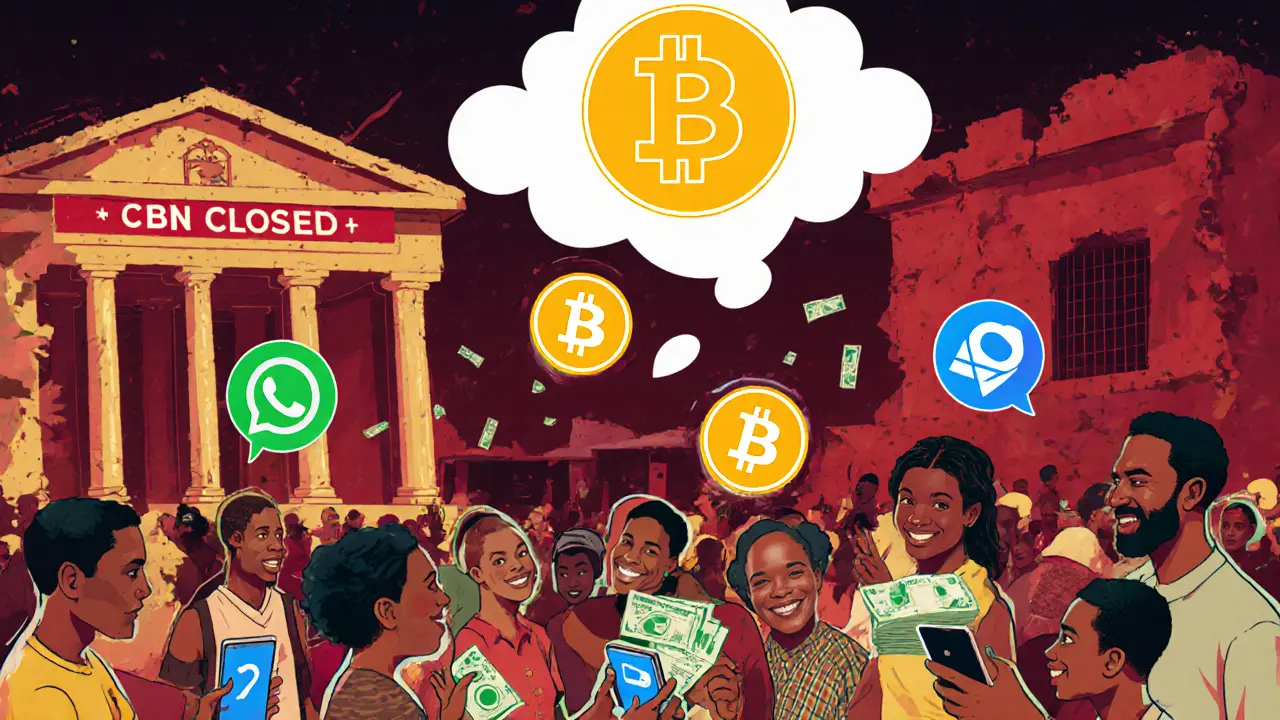
Nigeria leads the world in peer-to-peer crypto adoption due to economic hardship, banking restrictions, and a tech-savvy population. With over $59 billion traded in 2024, P2P crypto has become a lifeline for millions.
When you trade P2P crypto, a method of buying and selling cryptocurrency directly between individuals without a middleman exchange. Also known as peer-to-peer cryptocurrency trading, it’s how millions in countries like Bangladesh and Nigeria move money despite government bans. Instead of using CEX.IO or Binance, you connect with someone nearby, send cash via bank transfer or mobile money, and get crypto in your wallet—no third party holding your funds.
P2P crypto doesn’t just exist in the shadows—it thrives because it solves real problems. In places like Tunisia and Iraq, where banks freeze accounts for crypto activity, P2P is the only way to access Bitcoin or USDT. It’s also how people in Nigeria bypassed the Central Bank’s 2021 ban and kept trading. The key? Trust. You’re not trusting a company—you’re trusting a rating system, a verified ID, and a timed escrow. Platforms like LocalBitcoins and Paxful built these systems so you can trade safely, even in high-risk zones.
And it’s not just about survival. P2P crypto is faster and cheaper than traditional banking for remittances. In Bangladesh, over 3.1 million people use stablecoins through P2P to send money home, beating Western Union fees and delays. Meanwhile, regulators are catching up: Nigeria moved from banning crypto to regulating it in 2025, partly because P2P made the market too big to ignore. Even in countries with strict rules, like Iran with ARzPaya, people use P2P to trade Tether with local banks—because there’s no other option.
But P2P isn’t risk-free. Scammers pose as buyers, fake escrow services steal funds, and some platforms vanish overnight. That’s why knowing how to spot a legit trade matters more than ever. You need to check user history, use platform escrow, and never send crypto before cash clears. The posts below show you exactly how this plays out—from the underground P2P networks in Bangladesh to the failed crypto exchanges that tried to copy the model and collapsed.
What you’ll find here isn’t theory. It’s real stories: how a crypto ban in Bangladesh didn’t stop trading, how Tunisia’s central bank banned crypto but quietly built blockchain tools, and how Nigeria’s shift from ban to regulation was forced by P2P users. You’ll also see why projects like WaultSwap and YodeSwap failed—because they didn’t understand the core truth: people don’t want another exchange. They want direct control. And that’s what P2P crypto gives them.

Nigeria leads the world in peer-to-peer crypto adoption due to economic hardship, banking restrictions, and a tech-savvy population. With over $59 billion traded in 2024, P2P crypto has become a lifeline for millions.